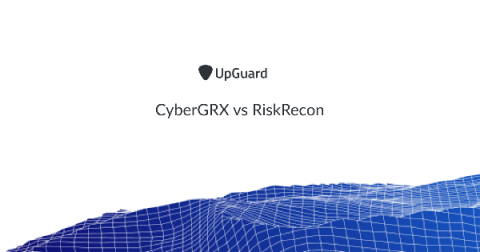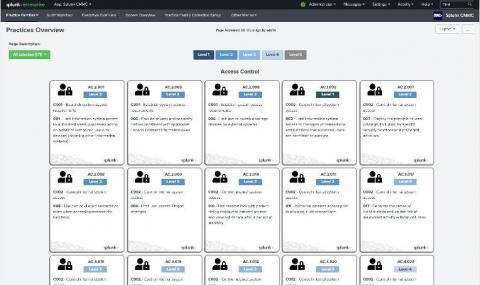Security | Threat Detection | Cyberattacks | DevSecOps | Compliance
%term
Gravity: Running Cloud Applications in Remote, Restricted and Regulated Environments.
Working Anywhere With Egnyte: Organization Guide
Maximizing productivity from a remote environment, particularly if it’s a new arrangement, can be a multifaceted challenge. Enabling employees to plan out their time, optimize their workspace, and minimize distractions are all important, but another key part of ensuring continuity from anywhere is finding ways to be digitally organized, using the tools at their disposal to label, organize and secure content even outside of your organization’s four walls.
Here is why your healthcare provider cannot accept Venmo payments
Are you using Venmo to send and receive payments? People use Venmo for everything, and in these times when no one wants to handle actual money for fear of spreading infection, Venmo is a brilliant idea. Of course, the difference between Venmo and other mobile payment applications is that Venmo adds a social networking component to its process. While this makes things very easy for transacting payments, it creates some serious privacy concerns.
Best practices to ensure data security while working remotely
Coronavirus has disrupted daily life for so many around the world in a shockingly short span of time. Lifestyles have shifted. A new normal, albeit a panic-stricken one, has set in. One-third of the global population is under lockdown to slow the spread of coronavirus. Many organizations have adopted temporary work-from-home measures to keep themselves up and running.
CyberGRX vs RiskRecon Comparison
Outsourcing, digitization, and globalization have led to new products and services, increased specialization, lower costs, and better access for customers and organizations alike. They've also introduced significant cyber risk, particularly the risk of unintended data exposure in the form of a data breach or data leak. In fact, a recent study by the Ponemon Institute and IBM put the average cost of a data breach at $3.92 million.
Whistic vs UpGuard Comparison
Outsourcing, digitization, and globalization have created new products and services, increased specialization, lowered costs, and improved access for customers and organizations alike. The downside is they've introduced cyber risk. Particularly the risk of data breaches and data leaks. In fact, a recent study by the Ponemon Institute and IBM put the average cost of a data breach at $3.92 million.
Zoom promises to improve its security and privacy as usage (and concern) soars
What’s happened? Well, Coronavirus 2019 (COVID-19) happened. Okay, smart alec. I know about that. What else is going on? Well, because so many people are (wisely) staying at home, they’re using videoconferencing and chat technology like Zoom to keep in touch with friends, family and colleagues. In fact, Zoom says that daily usage has soared from approximately 10 million daily meeting participants in December 2019 to over 200 million today. Zoom must be pleased. I’m sure they are.
Add Retries to Your API Calls
Whether you're making API calls from Node.js or in the browser, connection failures are going to happen eventually. Some request errors are valid. Maybe the endpoint was wrong or the client sent the wrong data. Other times you can be sure that the error is the result of a problem with the connection to the server or one of the many hops in-between. While API and web service monitoring can inform you about the problem, a more active solution can take care of it for you.
Recapping the Splunk for CMMC Solution Launch
On Wednesday, March 25th, we launched our Splunk for CMMC Solution with a webinar presentation to a diverse set of defense industrial base (DIB) participants and partners. As I discussed during the launch event, the Splunk for CMMC Solution provides significant out-of-the-box capabilities to accelerate organizations’ journeys to meet, monitor, track, and mature the cybersecurity practices required by the Cybersecurity Maturity Model Certification (CMMC).











